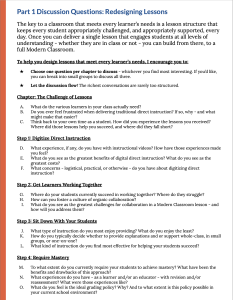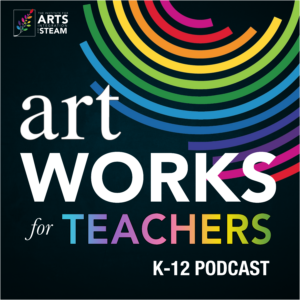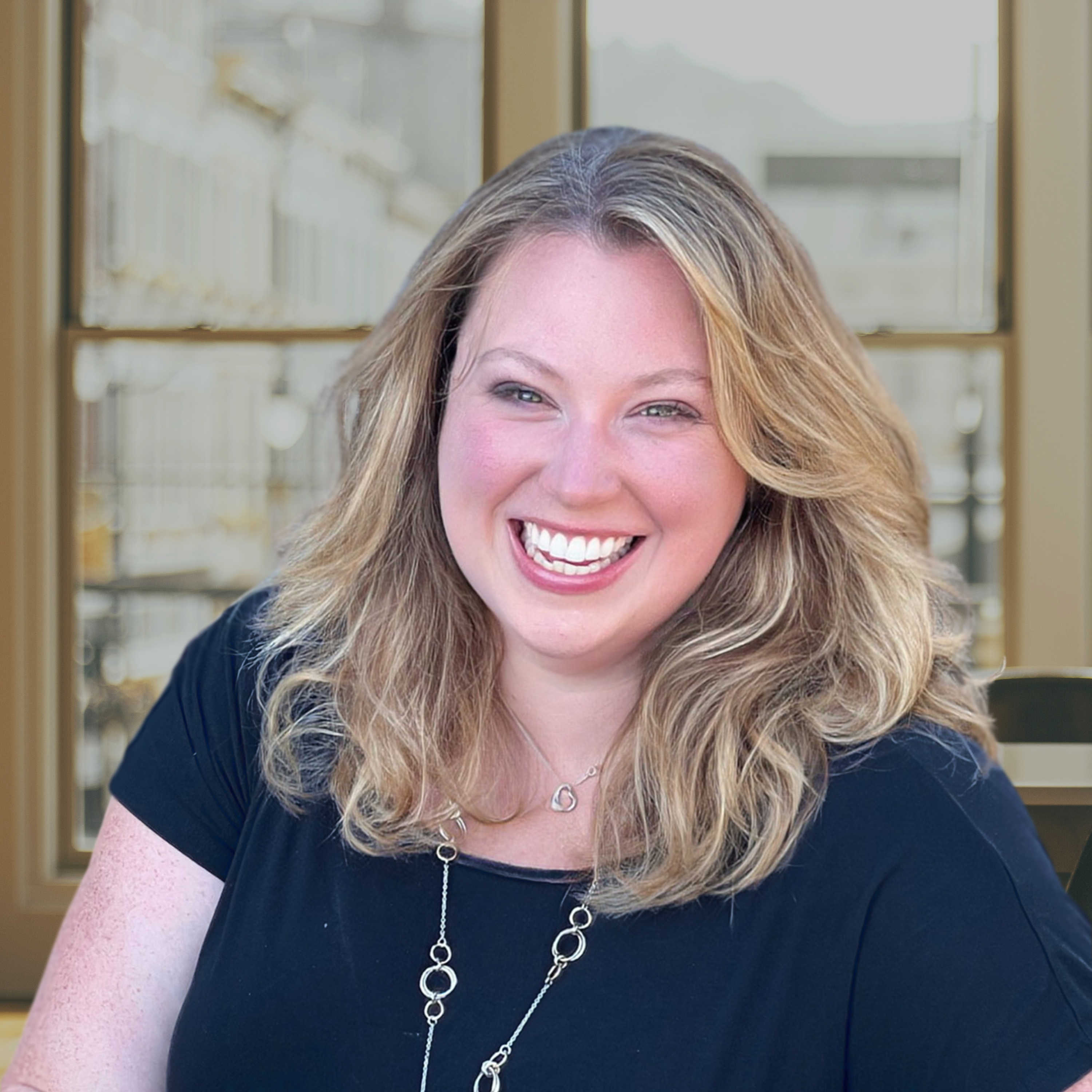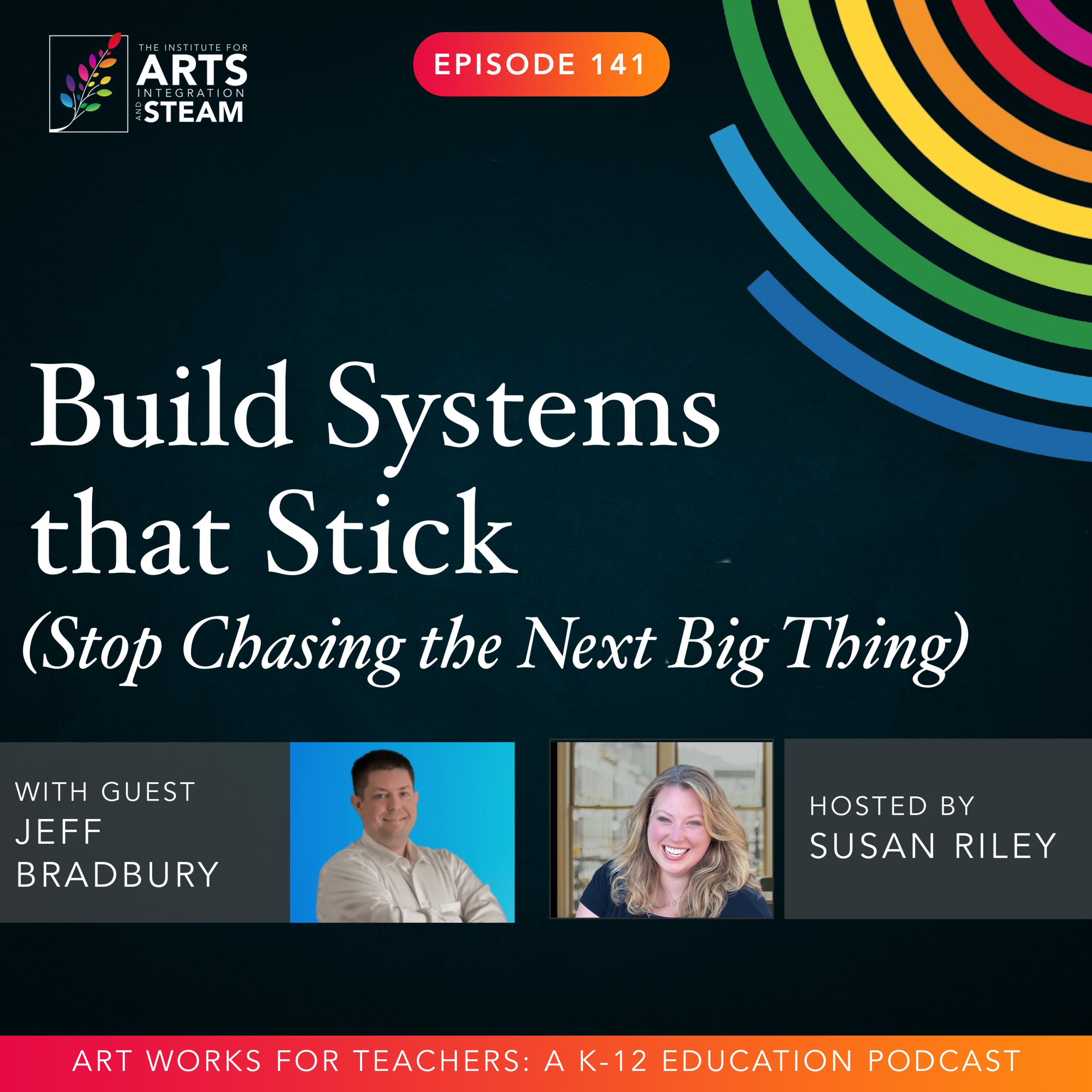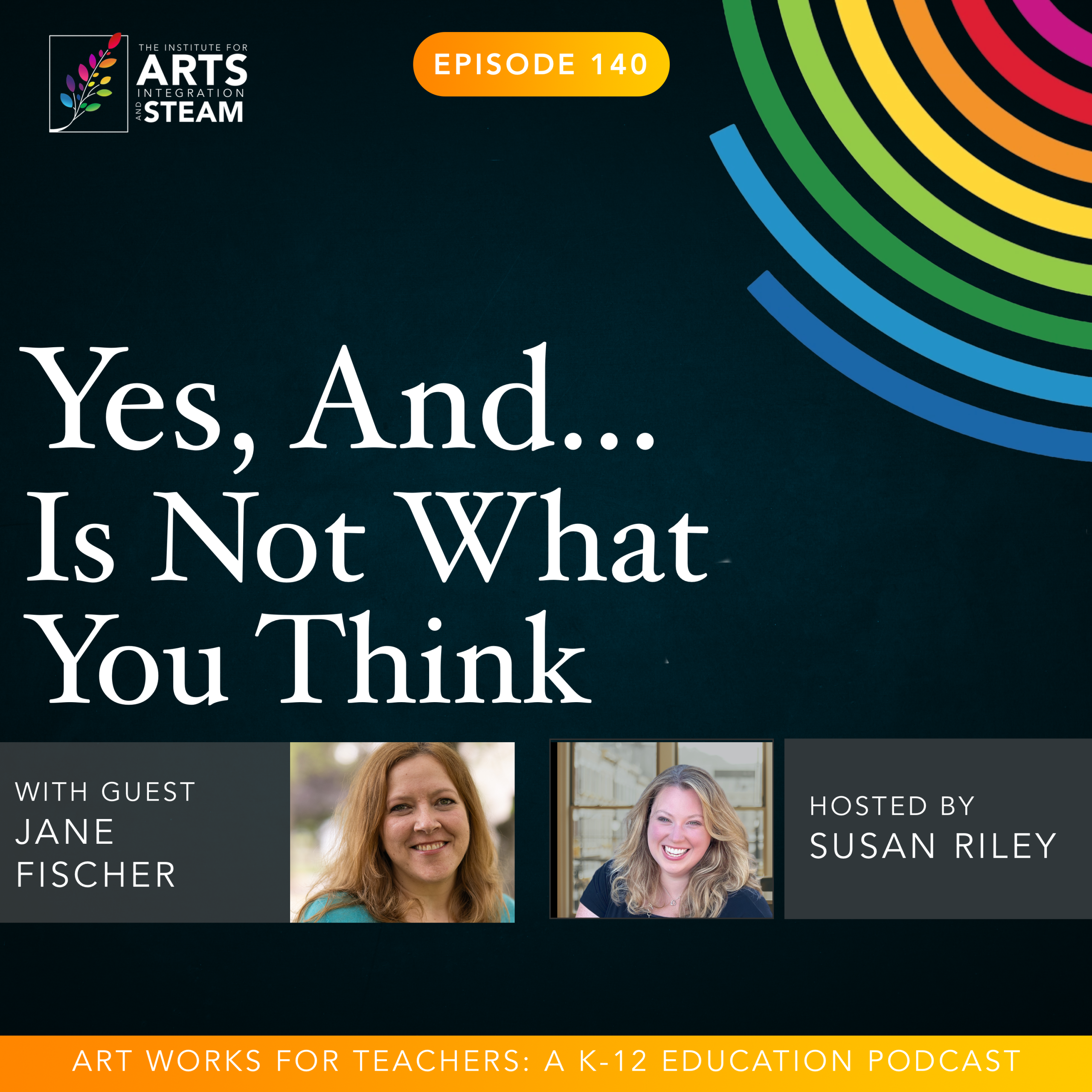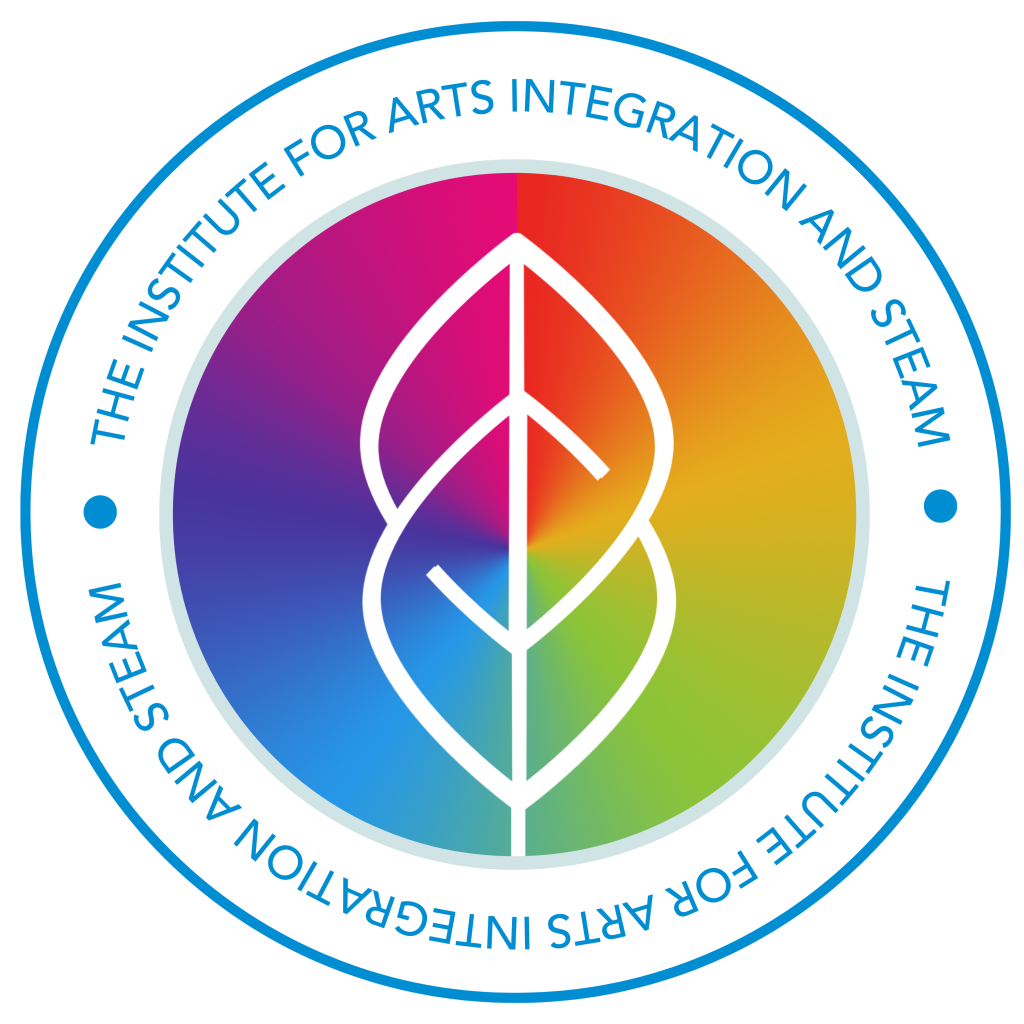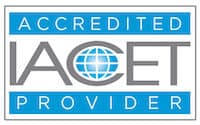ART WORKS FOR TEACHERS PODCAST | EPISODE 124 | 34:33 MIN
Revolutionizing Classrooms: How Self-Paced Learning Transforms Education
From his early days teaching in Washington, DC, to launching the Modern Classrooms Project, guest Rob Barnett has seen firsthand the challenges of traditional education. He unpacks why differentiation is no longer optional and shares the mindset shifts, instructional strategies, and tech tools that make personalized learning possible in any subject.
Enjoy this free download of the Rob Barnett’s Book Study Guide. For more, please visit meeteverylearnersneeds.org.
Hi Rob, thank you so much for joining us today. Of course. So how about we just get started by learning more about your journey? Tell us a little bit about how you got started, your story, and what you’re up to right now.
Rob
Thank you for having me. Yeah, I’d be glad to. So I’m Rob. I’m in Washington, DC. I started my journey in education as a teacher here in DC, first at a private school and then at a big public high school. And while I was teaching there, I realized how difficult a job teaching was. I always heard that, but I didn’t maybe fully understand why. And I realized that what made it difficult, at least for me, was that
In each of my classes, I had students who had such diverse needs. had students who were advanced and needed a challenge. had students who had gaps in their learning or perhaps lacked confidence. They needed more support. I had students who weren’t there at all. And it was very difficult for me with a single lesson each day to meet all of those learners diverse needs. And it led to me feeling really frustrated and burned out frankly. But I didn’t want to quit teaching, so I needed to find a different way. And over the course of a few years teaching at Eastern High School in Washington, DC, I found a new method that worked for me. Instead of standing at the front of the room, sort of giving one lesson to whichever students happened to be there that day, I would take my direct instruction, I would put it on video so that students could watch my lessons at home or in class that could pause, rewatch, rewind. That freed me up to spend my time in class working closely with young people, building relationships. And it also allowed students to move at their own paces and take the time to achieve mastery before they advanced. So in my class, know, students spent as long as they needed on lesson one. I made sure they understood lesson one before they moved on to lesson two.
And I think that way I could prevent those learning gaps from forming. I could help students build confidence and I could have the time to get to know each of my students as well. This method worked for me. It worked for some of my colleagues. In 2018, we started a nonprofit called the Modern Classrooms Project, which trains teachers to teach in this way, right? To move away from one lesson per day into a more self-paced, mastery-based style of teaching. We’ve trained about 80,000 teachers all over the world. And yeah, it’s a pleasure to be doing this work. I know from my experience as a teacher how hard teaching is. And I hope that some of the techniques we share can make teaching easier no matter where you are or what you teach.
Susan
Absolutely, and I have been following your work since 2018 and I’ve just been so impressed. I remember thinking at the time, I think we were talking, we called it maybe flipped learning, this whole idea of being able to kind of flip the script a little bit into who’s doing most of the work and our students going throughout their own pace. And I remember thinking at the time that like this is where we need to be. This is empowering to students.
empowering to teachers because you get to do what you actually wanted to do, right, which is to really help those students towards mastery. And I have really enjoyed watching the evolution of the Modern Classrooms project since that time. So talk to me a little bit about how it has evolved based on, especially after COVID and with the latest research around attention and the lack of attention, the shorter attention spans with students. How has that maybe changed the project or changed the delivery method or how teachers respond to that?
Rob
Yeah, great question. And I’m happy to answer. And I’ll also just mention, think modern classroom is like a flipped classroom in some ways in that we use technology to deliver direct instruction and we want teachers working closely with students in class. I think it’s different than a traditional flipped classroom in that students can watch videos at home or in school. They move at their own pace and there’s the requirement that they master one skill before moving on to the next. I think flipped classroom is a better approach than, you know, I think live direct instruction. But still, if you’re expecting every student to be on the same lesson every day and expecting some students to watch videos at home, like in my experience, that doesn’t always work. So we’ve tried to take that model and improve on it. I think one thing we’ve seen, you know, we started in 2018. this, and I had been teaching like this for many years before. This is a model that developed before COVID. I think during COVID, what was appealing to a lot of teachers about this model is that it helps teachers use technology more effectively. During COVID, everyone knew they needed to create videos and use their learning management systems and they didn’t know how. And so we really emphasized this helps you leverage technology to meet your learners needs. Now coming out of COVID, think
Teachers feel more comfortable using technology. A lot of what they struggle with now is getting students motivated and engaged. So our model hasn’t changed, but the emphasis of what we’re working with teachers on now is more about how do you build relationships with students? How do you motivate students? How do you keep those videos really short and concise so that students aren’t expected to long, you know, explanatory videos, but instead watch something quickly, get the essential points and then work together face to face to build relationships and build skills. So the model is the same, but I think teachers, what teachers are struggling with has changed and therefore some of the emphasis of our training has changed.
Susan
Yeah, I want to dive a little bit deeper into that piece where the teachers are struggling in terms of, because I think what I enjoy about this model that you’re describing is the focus on the learner and meeting the learner’s needs where they are. I’ve also found in my work that sometimes it’s difficult for teachers to differentiate their instruction because they’re so used to a group model where everybody’s receiving everything on the same day in the same time, that traditional pacing guide. So in your experience, where do teachers struggle the most and how have you helped them to overcome that?
Rob
Yeah, I think the discrete skills of the modern classroom model may seem like a challenge, but teachers can learn that pretty easily, like how to create a video or how to maintain a progress tracker or a mastery check. Teachers can figure those things out. I think the challenging thing is often the sort of mindset shift of how do I go from a class where every student is supposed to learn the same thing every day.
And in fact, where my administrator may be telling me every learner should be doing this lesson today to a classroom that really responds to what students need on a given day. In my opinion, if a student misses Monday, Tuesday and Wednesday, they shouldn’t be expected to come in and understand Thursday’s lesson right away, right? They should start with Monday’s lesson so they can catch up and build mastery from the ground up. And so
We’ve got to help a teacher see that, communicate that, communicate the why behind that to their students and their administration. And then also just figure out how to run a classroom where that’s possible. How do I run a classroom where, you know, maybe on Monday we’re all starting in the same place and maybe next Monday we’re going to reset in the same place. But this week we’re going to move at our own pace achieving mastery.
How do I actually practically make that happen? That’s a challenge for teachers.
Susan
Yeah. And what are some ways that you’ve helped them to overcome that? Because I think that’s the crux of it. Like if we’re listening as a teacher, I would be thinking right now, this sounds amazing, but how do I have time to do that and with an overwhelming plate that I have already, how do I do that and still achieve getting students to where they need to be?
Rob
Yeah, I mean, it does take time to change the way instruction looks in your classroom. But sometimes we say, instruction should look different and teachers think, my gosh, this is so overwhelming. This is a lot. And yes, if you spend three years developing this model, like I did, it will be a big change. But there are sort of small things that teachers can do every day that if you invest your time as a teacher, I think it will pay off in the end. So
Recording an instructional video is an example of that. It takes time to learn how to record a video, even a simple one, and to do it. Once you’ve put that time in, you don’t need to repeat that explanation ever again. You know, your students can watch it in class. They can pause, they can rewatch, they can watch it at home with their families. You can use it every year you teach. You can now spend your time in class not giving some exhausting performance from the front of the room, but sitting down with your students and helping them learn. It’s an investment. know, figuring out how to run a self-paced week of class is an investment too. You’ve got to create a very clear map for your students to follow. It could be as simple as a checklist, you know, watch this video, do this practice, take this mastery check, watch this video, do this practice, take this mastery check. You know, you need a checklist for students.
You need a system to track their progress. You probably need to learn your learning management system, how to organize that. All of that’s an investment. But once you’ve figured it out, you show up to class and you help your students learn because the structure is already built. And so what we’re trying to do at Modern Classrooms is provide examples and simple templates that teachers can take to record that video, track students’ progress, create that roadmap, et cetera.
Susan
I like how you’ve used the word investment very intentionally. think that’s something certainly we see a lot when we’re working with Arts Integration. Again, it’s a mindset shift very similar to yours in that it is an investment upfront. It is an investment of time. It’s being willing to do that knowing that you’re going to return on the back end exponentially, right? The exponential time that you get back as well as the ability to work one-on-one with students.
I want to talk a little bit about your new book that you have coming out, Meet Every Learner’s Needs in the spring. What prompted you to write the book?
Rob
Great, great question. You know, we’ve trained a lot of teachers with online courses, and I think those have been really effective for a lot of teachers. And in an online course, can, you know, you can include so much. You can include videos and examples and links and all that. But I realized that in some way, it’s nice to have a book format to learn something, right? You can engage deeply with a book and the ideas in a book in a way that can be hard when you’re on your computer and there’s a bunch of links everywhere. And so we wanted to create another sort of access point for teachers, just to understand the model, teachers who like learning from books, as I always liked learning from books when I was a teacher. It was also for me a good exercise in trying to break this model down to the absolute simplest steps that every teacher can take. And I think again,
If you visit our website or take our course, it’s possible to feel overwhelmed. my gosh, I need a video and a mastery check and a progress tracker. There’s so much. But in the book, I really tried to tell my own story of developing this as a teacher. You know, I didn’t develop a modern classroom overnight. It took me a lot of trial and error and refinement. And ultimately it was a series of small steps over the course of weeks and months and years that led to a classroom that I really enjoyed and an approach that worked for my colleagues and now for thousands of teachers around the world as well.
Susan
Amazing. Can you give us a little sneak peek maybe at some stories that of either students or teachers who have seen success in the modern classrooms project?
Rob
Yeah, absolutely. the book, I call it 10 % memoir, 10 % manifesto and 80 % manual. So it starts with my story. And I just talk about, you know, the challenges I faced, the struggles I had, the solutions I found and how those ultimately evolved into the modern classroom model. The manifesto part is sharing what I believe about teaching and learning, which is that every learner, you know, deserves a responsive education.
And there are simple things teachers can do to put that into place. And then the manual is what, you know, makes this applicable to teachers or administrators or even helps maybe a parent understand what’s happening in the student’s classroom. Throughout the book, I think there are 45 different teachers who I quote sharing, you know, every time I shared a tip, I wanted to quote from a teacher to give their perspective on that tip. And I think I had teachers from, kindergarten teachers to university professors, principals, people, a teacher in Australia, a principal in Zambia. I wanted to show both that this is a model that’s working for teachers all over the place, but also include the wisdom from our global community of educators because yes, I created my videos one way, but every teacher makes them a little bit differently. Every teacher’s Modern Classroom is running on the same framework, but it looks a little different according to the needs of the students, the needs of the community, the personality of the teacher. I really wanted to emphasize that in the book and show it by featuring all these amazing educators.
Susan
I love that. And I cannot wait for that to be released. When is it going to be released this spring?
Rob
It actually came out February 5th.
Susan
Fantastic. So we can go order it right now. We will put a link to that in the show notes so that we can make sure that everybody gets access to the book. especially I always love to have anecdotes and learn from others what their stories are because I think it builds a relationship with people that I don’t know. But at the same time, I feel seen as an educator. So thank you for sharing that and for creating such a wonderful guide that we could follow to learn more about modern classrooms.
I know that PD is a hallmark of your work. It’s something that you focus on quite a bit with educators. What do you feel like modern classrooms project, the PD for that, how do you think that is different than other PD that’s out there? And can you give us an example of what that might look like?
Rob
Sure, yeah. I mean, when I was a teacher, I went to a lot of professional development that seemed really interesting, but I didn’t always feel that it applied to me. I felt like this is a cool idea, but it won’t work for me. This person doesn’t know my students or what will work for my students. And that’s true for everyone listening. I don’t know the first thing about you or your students. And so,
For me, just to talk at you and explain a model for hours and hours, you know, may help, it may not. What we really try to do in our professional development is make it very applied for teachers so that teachers take what they learn and apply it to their classrooms. You know, take 10 minutes to learn what an instructional video is, but then take 20 or 30 minutes to create that video for your own students. Take 10 minutes to learn, you know, what a good mastery check is, take 20 minutes to create that for yourself. That’s really what I thought about in the book too. Like, you know, yes, the book is me talking at you, you know, in writing for a lot of pages, but I wanted to break it up into steps so that teachers can think, okay, the first thing I need to do is my video. I’m going to go do that. Next is think about how will my students work together after the video. I’m going to do that. And when we work with teachers, we try to speak as little as possible and give them as much opportunity as possible just to create stuff for their own classroom, right? The PD time ends up being kind of like a facilitated planning time for teachers so that what they’re actually doing is building materials they’re going to use with their own students.
Susan
Yeah, it sounds like you’re using the model itself as a delivery method for professional development. Is that right?
Rob
Absolutely. Yeah. So Modern Classrooms Project has a free online course, which you can go through. It’s self-paced, it’s mastery based, and you learn through videos. We also have a mentorship program where you sort of learn the same content, but we pair you, if you’re a middle school English teacher, we’ll pair you with another middle school English teacher who uses our model and you’ll work together to figure out how to implement this in your own classroom.
Yeah, we try to stay true to our principles of learning in the professional development we provide as well.
Susan
I’m just curious because we do have quite the creative audience. Have you used this in classrooms outside of maybe traditional content areas like English language arts or social studies and maybe moved it into music or art or other classes that use hands-on project-based learning?
Rob
Yeah, of course. I personally, me, no, I was math teacher for most of my career, but we’ve seen art teachers and music teachers and photography teachers and, you know, any sort of subject you can imagine use this approach. Actually, in my math class, I loved project-based learning and I found that it was very difficult to do with the whole class at a time because some students would move very quickly through the first phase of the project some students would need longer and some students would show up on Wednesday having missed Monday and Tuesday. And it was like, how do I get them up to speed on the project? So I actually felt that this approach made project-based learning much easier because students had clear explanations on video of each phase of the project. And they just came to school, picked up where they left off, worked on the project and continued, you know, for, for something like music class, sometimes teachers think, well, modern classroom can’t have whole class instruction. And that’s not the case. There can still be great whole class interaction and discussion in a modern classroom. In a music class, for instance, you might spend half your class, you know, playing music together. But when there are discrete sort of musical skills, you want students to pick up. My belief is that it’s going to be most effective for them to master those skills at their own paces using videos than for the teacher to be standing at the whiteboard trying to explain. So, you know, yes, it works great in arts classes. And, you know, it’s not like there’s still room for that creative whole class experience, even when you’re using the modern classroom model.
Susan
Awesome, that is great to hear. I sometimes think that people who teach the classes where there’s lot of experimenting, playing, getting hands on with the material, feel like they can’t use something like this, especially with technology, because they’re like, no, no, no, they get enough of that. But I think leveraging the technology in such an intentional way can be helpful. I can also imagine that as teachers are working through this process,
They may find gaps in their own clarity of the process itself, of how to move through the process most effectively for students. Do you ever find that, that teachers themselves are like, I didn’t really think about what the students would actually need to be able to accomplish before they move on? Or do you think that they know that inherently and that that’s an easier piece than maybe I think it is?
Rob
Well, I think having to plan a self-paced learning experience that’s supplemented by videos requires teachers to be really intentional about the design of the learning experience, what goes where and what should be in this video. And if students are going to work at their own pace for a week, then that really forces you to be clear about your instructions and your expectations. And I certainly felt like when I was started my teaching career, would sort of show up and teach that day’s lesson, but maybe I, you know, maybe I would get halfway through the lesson and realize, man, you know, I actually need to cover this first or something. When I was planning for self-paced learning, I really needed to be very disciplined to make sure things fit in a logical sequence and were, you know, coherent and concise. So yeah, it forces good planning as well.
Susan
As I’m thinking about this and I’m kind of envisioning having it happen, I’m also thinking about teachers that I know that might be intimidated thinking about having to do this all the time. Do you recommend that teachers actually start maybe small, like with a bell ringer or the exit tickets and using those components first before moving into instruction? Or do you feel like they should use it for the entirety of their teaching?
What’s your recommendation?
Rob
So I definitely think you should start small. That’s where I started, right? I didn’t set out to transform the way my classroom worked. I just felt like every day I show up, I teach a lesson. The whole class, one lesson at a time is not working. Let me try something new. And I think for teachers who become great modern classroom educators, they always start in the same place, which is one lesson. So I think take something you’re going to teach next week, next month.
And instead of teaching it in a traditional, you know, teacher led way, think about how could I create or find a video that explains the content? How could I get students working together after the video? How can I assess their mastery and do that for one lesson, then do that for two lessons and three lessons. And if you like teaching like this, which I think you will, then you can think about, okay, how do I make this, you know? Sort of default in my class where the default isn’t sit and listen to me. The default is, you know, acquire knowledge through this self-paced mastery based learning.
Susan
Yeah, I think that’s super helpful because sometimes we teachers, plan and we want to like plan the whole year in advance and it doesn’t necessarily serve us the best than just taking it one step at a time and seeing what works and experimenting a little bit and then pursuing it as it evolves and works in your own classroom. Now, according to my notes, you have taught in both the US and Switzerland, is that correct? Yeah, how have these international experiences influenced both the Modern Classrooms project and your work as a whole.
Rob
Yeah. I I went from a big title one public high school in Washington, DC, where a lot of students, you know, couldn’t afford breakfast and lunch to teaching at a elite boarding school in Switzerland, which is one of the most expensive schools in the world. And that was a big change for me. But what really surprised me is how similar those contexts were in terms of teaching and learning. You know, every in every class whether the students, you know, some of the some have come from some of the, you know, wealthiest families in the world or whether their families are struggling to put food on the table. In every class, some students are advanced and need a challenge. Some students have gaps in their learning and need support. Some students are absent or distracted and the teacher is going to struggle to meet all those needs. You know, every student struggles to learn math. That’s just part of learning math. so, yes, culturally, the schools and the students were quite different, but the challenge of teaching was the same. And the modern classroom model worked equally well in both contexts. And so that gave me lot of confidence in sharing my ideas with the world to think these are not just ideas for poor public schools in the US. These are not just ideas for wealthy international schools abroad.
These are ideas that work for everyone. And as a parent myself, you know, this is not just, this is not what I think teachers should do for other people’s kids. You know, my kids are very young. They haven’t started formal school yet, but when they do, this is what I want for them. I don’t want them to, you know, go to class and the teacher’s teaching one lesson per day, teaching to the middle.
I want them to move at their own paces, achieve mastery, work closely with their teacher and work closely with their classmates. teaching abroad helped me see that. There’s fundamental challenges of teaching and I hope that my book and my work helps teachers address those challenges.
Susan
And I love that you bring that passion and that mission to transforming education in a meaningful way. And I really look forward to seeing how Modern Classroom Project continues to evolve and make those transformations happen. Can you let our listeners know where they can find more about you and your work and stay in touch?
Rob
Absolutely. Modern Classrooms Project is a nonprofit organization. We make all of our resources free to teachers. And so if you go to modernclassrooms.org, you can find everything you need to learn this model. And there are countless teachers who have taken our free course, joined our Facebook group. That’s all they need. And they become modern classroom educators. We also have, you know, have more that mentorship program I mentioned, which we usually do in partnership with schools and districts. If you’d like to learn more about the book, there’s a website, meet every learners needs.org that talks more about the book and also provides lots of free resources that support what I wrote about in the book. So those are two good places to learn.
Susan
Wonderful, and we will put those in our show notes so that people can find them very easily. Thank you so much, Rob, for joining me today. I really appreciate it, and thank you for the work that you’re doing for our students and our teachers.
Rob
Thank you and thanks for giving me the opportunity to share it.

